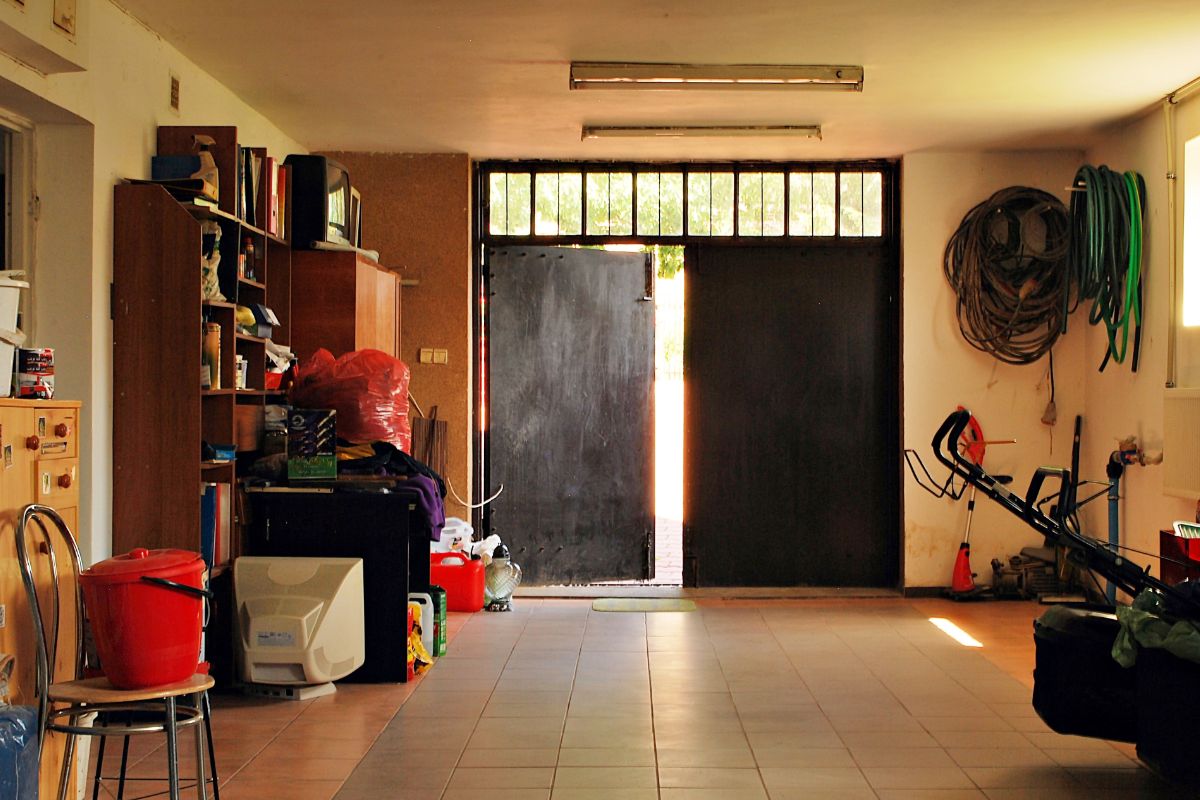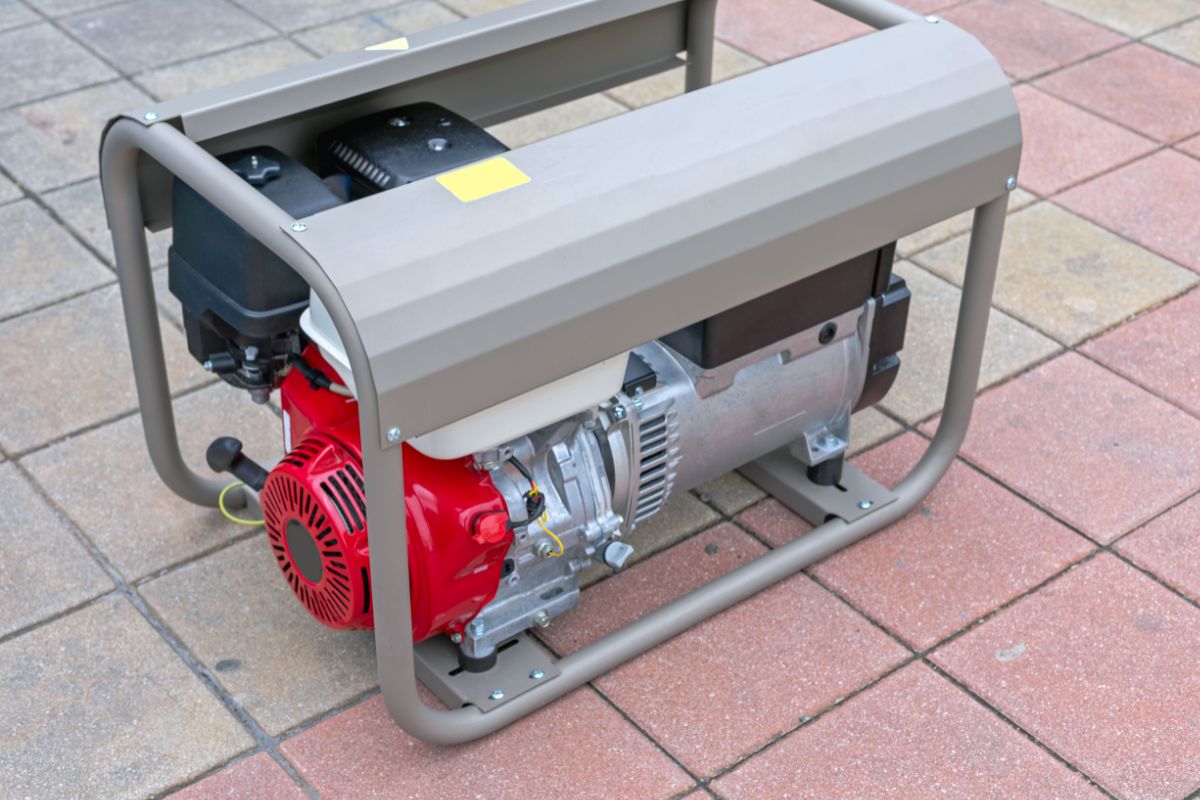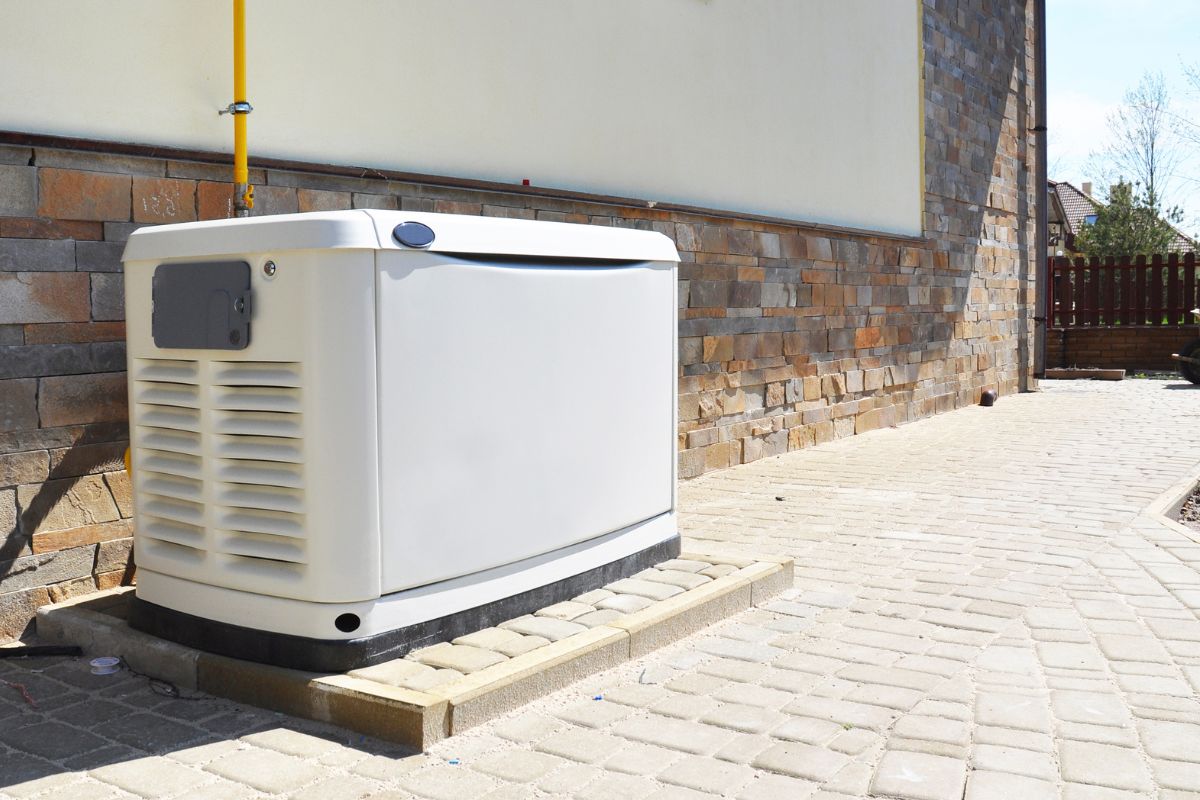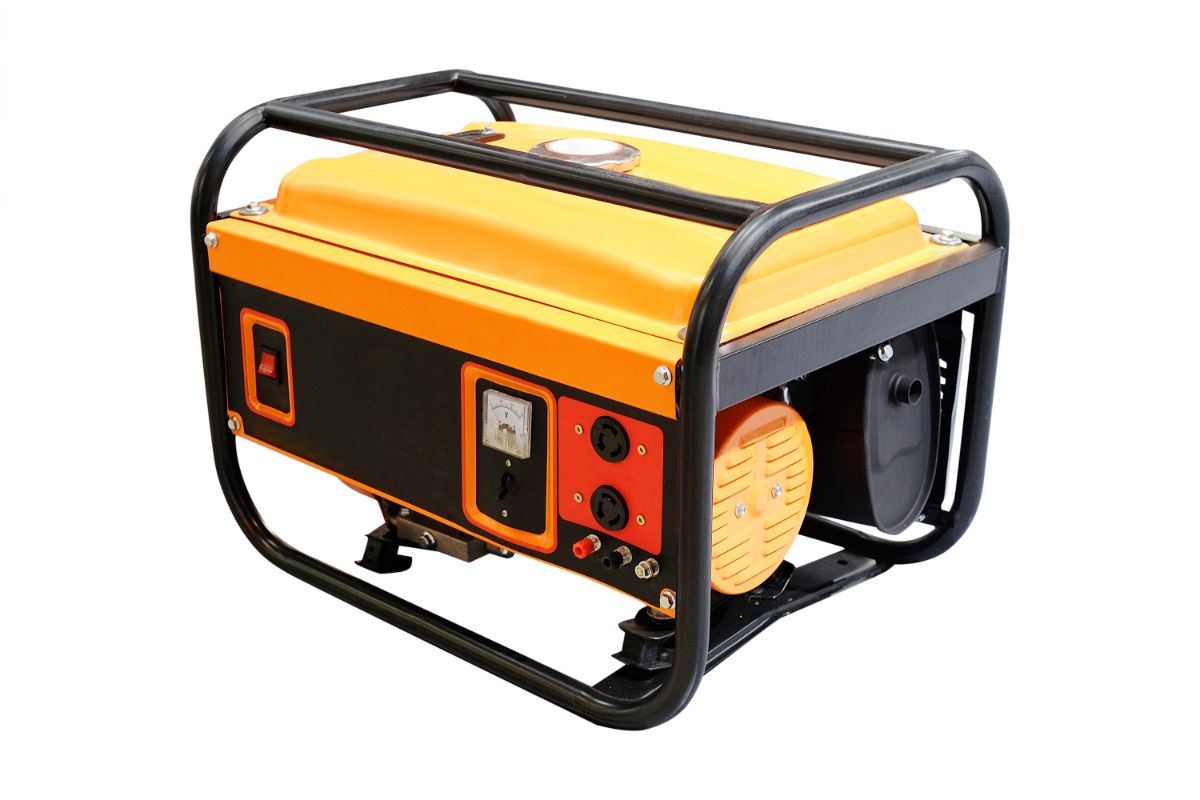Renogy makes some of the best solar power starter kits on the market, helping countless enthusiasts dip their toes into the solar scene and see how they like it.
However, these bundles – as starter kits often are – are quite limited. To really make the most of your kit or plan for expansion, you’ll need some new solar extension cables.

The problem is that there are a bunch of different extension cable designs doing the rounds now, and if you pick up the wrong one, it could have a serious impact on the efficiency of your solar energy system!
Not to worry, though, friend — Having spent the last few weeks researching and testing out various solar extension cables, I’m now ready to pass on what I learned to you.
Best Renogy Solar Panel Extension Cables: Reviews
OUR TOP PICK
Renogy 20 ft Solar Extension Cable
EDITORS CHOICE
WindyNation 15 ft Solar Extension Cables
BEST VALUE
GearIT 100 ft Solar Extension Cables
OUR TOP PICK
Renogy 20 ft Solar Extension Cable
Here we have a wonderfully reliable set of extension cables from our favorite solar company, Renogy, ensuring that they’ll slide seamlessly into your solar circuit.
Measuring 20 feet in length, you get some decent wiggle room to play with, allowing you to set your panels up in a prime location without having to worry about charge controller or battery proximity.
Combine this length with the 10 AWG cable thickness, and you don’t have to worry about transitory energy loss, as there’s plenty of space for electrons to work against the 20 feet of resistance.
And while we’re on the subject of energy loss, during my tests, I found that wasted energy never rose much beyond the 2% threshold, which tells us that the internal wires are likely composed entirely of copper, as opposed to lower quality aluminum conductors.
To put the icing on the cake, the MC4 connectors are incredibly tough, and the cables are TUV certified, meaning they’ve been tested for quality by an independent authority.
Literally the only downside I can think of here is that they’re really quite rigid, which can make cable management a bit of a pain, especially if you move your solar setup around a lot.
Pros
- TUV certified — Independently tested
- 20 feet — Gives you plenty of options with regard to set up
- 10 AWG — Suitable for most residential solar applications
- Renogy product — Brand symmetry!
Cons
- Rigidity — Can be quite hard to manage and travel with
EDITORS CHOICE
WindyNation 15 ft Solar Extension Cables
Next up we have a set of cables beefy enough to handle system currents up to a whopping 55 amps thanks to their 8 gauge diameter, so if you’ve got yourself a sizable solar panel array with multiple panels wired in parallel, these might just be the cables for you!
But it’s not just this current managing muscle that impressed me during my tests; these cables are impressive on multiple levels!
Take the chemically cross-linked polyethylene insulation jacket, for instance, providing ultimate UV, moisture, and corrosion resistance.
Then there’s the full copper wiring to consider, keeping energy loss to a minimum over the 15 feet length of the cables.
In fact, these cables are so robust, they have UL-registered XLP status, meaning they can be buried underground without any additional protection.
Once again, the only caveat here is that these cables are crazy stiff… like garden hose stiff, so I wouldn’t recommend them for portable systems.
Pros
- Cross-linked polyethylene insulation — Completely weatherproof
- XLP — Can be buried as is
- 8 AWG — Low gauge = less energy loss, especially over long distances.
- Copper wiring — More efficient than aluminum
Cons
- Rigidity — Great for static systems… not so much for portable systems
Also available from Shoppetop.
BEST VALUE
GearIT 100 ft Solar Extension Cables
If you’re looking to shift your panels a long way from your charge controller and battery bank, then you’ll need something like this pair of extension cables from the folks over at GearIT.
They give you an extra 100 feet to work with, so no matter where the sun shines the hardest on your property, you can set your panels up there and start bringing in some real power!
Being that I was registering incredibly minimal power loss even over such a large distance, I assumed the wires were pure copper, so I did some digging, and sure enough, they are, which is a definite boon!
Rated IP67 waterproof, the wire cladding is pretty impressive too, but they’re not suitable for burial as the WindyNation cables are.
Gauge-wise, you’re looking at 10 AWG, which really is the sweet spot for most residential solar applications.
As long as your system has currents of or below 30 amps, these cables will do you proud, but this quality will cost you, as there are certainly some more affordable 100 ft cables out there.
Pros
- 100 ft — Provides ultimate installation flexibility
- Pure copper — No aluminum in these cables, no sirree! — Increases efficiency
- IP67 waterproof — These cables don’t mind some extreme weather.
Cons
- Price — Not terribly expensive, but not budget-friendly either
Also available from GearIT.
RUNNER UP
Renogy 15ft Individual Solar Extension Cable
Perhaps you didn’t come here looking for a pair of solar extension cables for your Renogy solar panels.
Maybe you just need a single to replace an individual broken cable and repair your circuit. Well, don’t worry, friend; I didn’t forget about you!
I don’t need to preach about the quality of this individual option, as it comes directly from trusted folks over at Renogy.
It has those pure tinned copper innards we’re always chasing after to optimize efficiency, and during my tests, I found the insulation and jacket to be top-notch.
I had some pretty nasty weather, but the IP67 materials handled it without breaking a sweat.
A 10 AWG cable, it’s prime for use in systems that run on 30 amps or fewer, giving you an extra 15 practically lossless feet to play with when chasing that sweet sunshine.
Pros
- Single cable — Saves you from purchasing two cables when you only need the one
- IP67 — Weather isn’t an issue here.
- 10 AWG — Suitable up to 30 amps
- Tinned copper — Minimal energy loss
Cons
- No circuit — You’ll need two of these to form a complete circuit.
Also available from eBay.
RUNNER UP
iGreely 6 ft Solar Extension Cables
Not all of us are looking to set up our solar panels a mile away from our charge controllers, so I thought I’d include this fantastic pair of 6-footers from iGreely.
If you’re looking to replace thinner gauge extension cables with something more efficient, then these 10 AWG cables have you covered without posing a cable management nightmare.
During my tests, I found that they’re reasonably flexy for 10 AWGs, which is a big win for mobile systems, and the pure tinned copper braiding keeps energy loss way below the desired 5% threshold.
And to top this neat little package off, you get a velcro cable tie to keep those extra 6 feet of copper neat and tidy — Thanks iGreely!
Pros
- Flexibility — The easiest to manage on my list
- Pure copper — No inefficient aluminum in sight
- IP67 — Standard weatherproofing ensures long service life.
Cons
- Length — Perhaps not long enough for most users
Best Renogy Solar Panel Extension Cables Buying Guide
Although going solar is a noble pursuit, it’s not an easy field to enter. Before you can start harvesting some sweet, sweet sun and minimize your energy bill, there is a lot to learn. So, to make your job here easier, I’ve broken down solar cabling in this easy-to-follow guide.
Here’s what you need to consider when shopping for extension cables to pair with your Renogy solar panel(s).
Is Brand Important?
The first thing I want to tackle here is the impact of branding on compatibility and functionality. For instance, do you need a solar extension cord produced by Renogy in order to use it with Renogy panels?
Well, no, not really, which is why my top 5 list is composed of products from a mixture of brands, but there are certain benefits to staying within a branded ecosystem.
For one, you may get a preferential warranty on branded components, and two, the cables will be built from the ground up to suit your panels.
That said, it’s unlikely you’ll see any significant dip in performance if you choose a 3rd-party brand as your solar extension cable provider, as it’s the quality of the craftsmanship that really separates the good cables from the bad.
In light of this, I’d say that picking a reputable supplier is far more important than sticking with a brand just because they made your solar panels.
Length
Obviously, the length of a set of extension cables is paramount. They need to be long enough for you to achieve the solar goals you have in mind; however, the golden rule is to keep your system as local as possible — Shorter cables are always better in solar!
You can find solar extension cables from 5 feet in length, all the way up to and beyond 100 feet, so there’ll definitely be something suitable for you out there, you just have to decide how much length you need.
Gauge
After length, perhaps the most important consideration is the gauge of your solar extension cable. Gauging is based on the AWG (American wire gauge) scale, in which the smaller gauges are thicker and the higher gauges are thinner.
Generally, solar extension cables will come as either 10, 12, 14, or 16 gauge, so how do you go about choosing the right one for your system? Well, you may have noticed something in my reviews earlier on… every single cable bar one is a 10-gauge.
This isn’t just coincidence; I purposefully picked a lot of 10s because they’re the best choice for most portable and stationary enthusiast solar systems!
The thicker the cable, the more space the electrons have to move through the internal wires, which increases the energy efficiency of a solar energy system significantly.
You should also pay attention to amperage when selecting gauge, as the higher the amps your panels put out, the thicker your cable will need to be. Sticking to 10 gauge is a safe option up to 30 amps.
On the other hand, if you’re connecting a truly beefy solar panel array to an equally muscular power bank, you may even need to go lower than 10, most likely 8, but possibly even as far down as 2. Let’s take a look at the amperage threshold of each cable gauge…
|
AWG |
16 |
14 |
12 |
10 |
8 |
6 |
4 |
2 |
0 |
|
Max Amps |
10 A |
15 A |
20 A |
30 A |
55 A |
75 A |
95 A |
130 A |
170 A |
One last thing before we move on, cable length should also play a role in the decision-making process here. Essentially, the longer a cable is, the more resistance there is, meaning you’ll need a heftier gauge to optimize electron mobility and reduce power loss in transit.
Use Online Gauge Calculators
Don’t worry if you’re finding all this talk of cable gauges and lengths confusing, as there are plenty of online solar cable gauge calculators. The Renogy site, in fact, has one of the best.
You simply type in your system volts, amps, the desired length of your cable, and the maximum power loss you’re willing to accept, and boom… it delivers to you the perfect cable gauge.
Prefabricated Connections Vs. Cable Only
If you’re desperate to save a few bucks, you can purchase solar cabling separate from the MC4 connectors that you’ll usually find pre-fitted to the ends.
You can then buy these connectors in bulk at a reduced rate, then make the connections yourself, but you’ll need a few specific tools to do this, so always do a bit of research before deciding to take the DIY route.
Frequently Asked Questions
Stick around for a brief solar panel extension cable FAQ segment if you’ve got some time to kill.
Why Are Solar Extension Cables Red And Black?
The color coding of solar cables helps the user wire their system correctly. A red cable indicates a positive connection, while a black cable indicates it’s a negative connection, ensuring we always know what connections we’re making and that we won’t accidentally damage our solar components.
How Long Can Solar Panel Cables Be?
Hypothetically, solar panel cables can be as long as you need them to be as long as you choose a low enough gauge, but typically, manufacturers won’t produce cables that exceed 150 feet, and if they did, even with particularly low gauge cable, you’d likely suffer a significant amount of energy loss.
How Far Should My Solar Panels Be From My Charge Controller?
Okay, so you know you can use extra long extension cords to space your solar setup out a bit, but should you? Not really. The closer your solar panels are to the charge controller, the better, as this will make for more efficient, less lossy, energy transfer.
Furthermore, batteries will ideally never be beyond 30 feet from your panels, and the charge controller should be within a meter of your battery or power bank.
At What Point Will I Need To Go Lower Than A 10-Gauge Solar Extension Cable?
Single panels with outputs of up to 30 amps are really the limit of a 10-gauge cable’s potential. Running multiple panels in parallel requires at least an 8 gauge cable if you really want to secure that energy in transit to your charge controller.
What Is An MC4 Cable?
An MC4 cable is any solar cable with an MC4 connector on the end. These are the latest standard in weatherproof cable connections used to keep our solar circuits alive and well come rain or shine.
They utilize a 4 mm diameter contact pin to secure cables, ensuring they cannot come out, and no bad weather can get in.
How Does Cable Gauge Correspond With Solar Panel Wattage?
As mentioned earlier, you can simply use an online calculator to figure out what cable gauge your system requires, but to give you a general example on the spot, consider the following watt-to-gauge relationships:
- 0–200 watts — 14 to 12 gauge cable
- 200–440 watts — 10 gauge cable
- 440–550 watts — 8 gauge cable
- 550–800 watts — 6 gauge cable
What Are The Benefits Of Using Higher Gauge Cables?
Although, generally speaking, the lower the gauge of the cable, the better it’s suited to solar power, there are a couple of plus sides when working with higher gauge cables.
Firstly, they’re way more affordable, so although you may lose a bit of energy when using smaller cables, you’ll save a few bucks on upfront costs.
Secondly, thinner wires are much easier to work with and transport. As they’re not as heavy or rigid, they’re a lot more manageable, so if you’ve got a mobile solar setup, they might just save you a lot of hassle, but for a stationary panel array, there’s no substitute for low gauge cables.
Final Thoughts
We’ve discussed 5 awesome solar extension cable products today, and any one of them could be the perfect one for you and your Renogy solar panel.
As long as you consider the points in the buyer’s guide, and use an online gauge calculator when necessary, you’ll find the right solar extension cable for you and your system!











